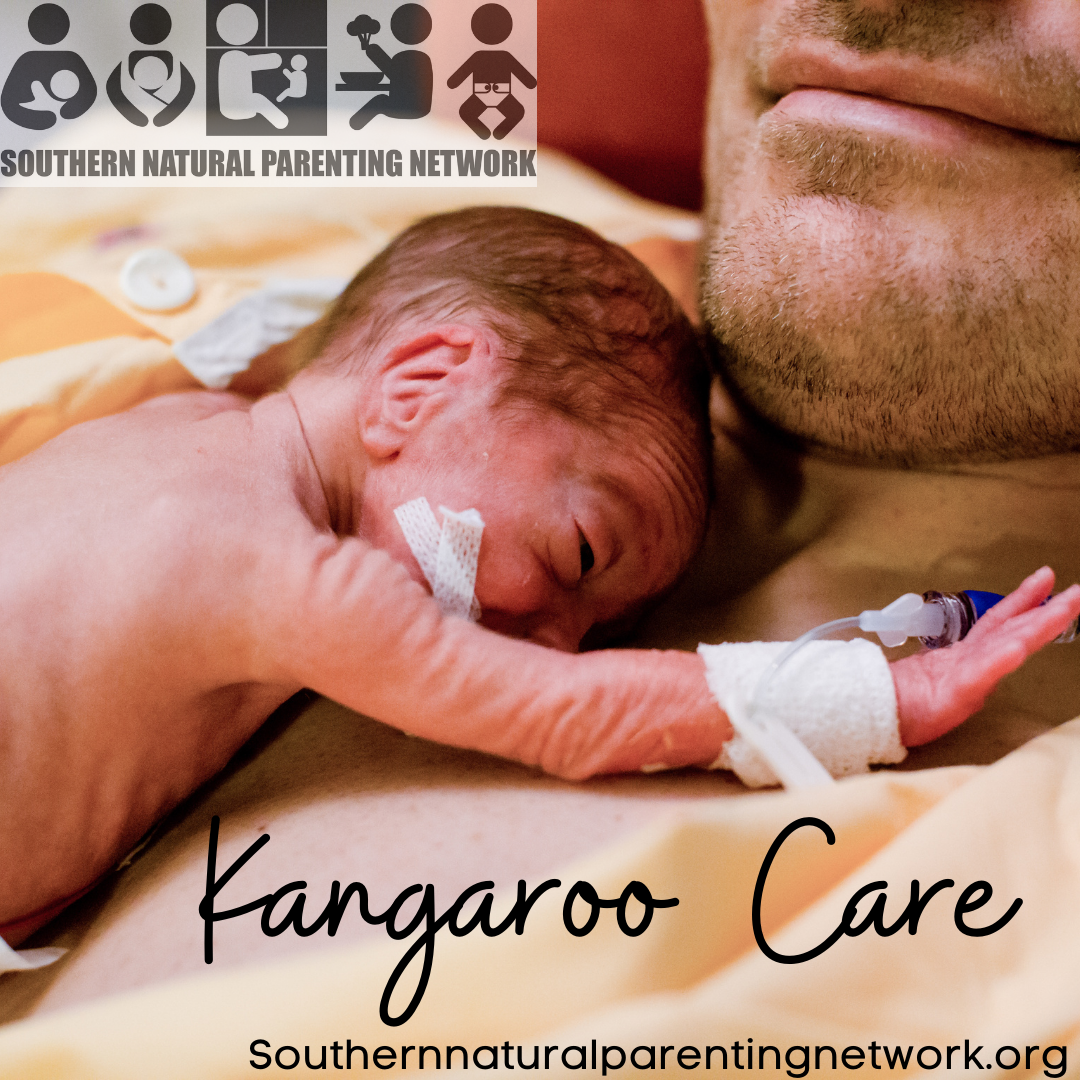See also The First Trimester for more information on babywearing in the first three months
Babywearing
Babywearing
Human infants are naturally carried throughout the early years of life. In addition to in-arms carrying, there are long traditions of constructed baby carriers being used around the globe in human history. Modern baby carriers combine ancient designs with modern technology. Babywearing is not inherently dangerous however there are unsafe practices which we discourage and unsafe designs which we do not support.
Babywearing education is important and should be freely available to all who need it. Choosing and using a baby carrier should be supported without commercial bias or judgement. Our group accepts products offered as testers for review with no personal gain and no promise of positive feedback.
Knee to Knee Support
Knee to Knee. It's one those phrases we toss around in #babywearing conversations. It really means what it says!
All baby carrier styles: #ringslings #softstructuredcarriers #stretchywraps #wovenwraps and #mehdais should support your baby from the back of one knee across to the back of the other one.
Building Secure Attachment
"You don't want them to get too used to that, you know."
Why not? Come on, where's your evidence?
Probably best not to get into the debate standing (socially-distanced) in the supermarket queue! But there really are excellent reasons to carry your child.
Stay Connected
#babywearing with your second baby is a bit different than with your first. You have places to go and things to do ... well, your older child does!
Lounging around on the couch all day with your boobs out might have been your lifestyle first time are but now you have a co-worker who needs regular visits to the playground, time spent in nature and regular play dates. One reason toddlers can play up when a sibling arrives is their regular routine is interrupted.
Getting out in fresh air is good for mums and babies too. In this covid-normal world, outdoors is the safer way to catch up with friends and family. Keeping baby close to you in a baby carrier also means they stay warm while you push the swing, discover amazing fungi and collect autumn leaves with your child.
#babywearing lets you meet both their needs to feel connected to you.
Do the best you can …
In her book "Babies Want To Be Carried: Everything you need to know about baby carriers and the benefits of babywearing, Dr. Evelin Kirkilionis explains in detail her research into the optimal position for infants in baby carriers.
Her research defeated the common opinion in the nineties in Germany, that babies shouldn’t be carried upright before an age they could sit by themselves. She proved that babies are adapted to be carried in an upright posture with a straddled and squatted leg position.
Keeping babies where they need to be
Before independence must come dependence.
In our western society, there seems to be fear around the need of babies and young children to be close to their primary caregivers. Caution against babies becoming "used to that" are hangovers from the Victorian era and have no scientific basis.
One dubious parenting guide in the past recommended against cuddling babies, advising a firm handshake was sufficient! While we have (hopefully) moved beyond that kind of nonsense, its shadow has cast long into our own times.
Chest to Chest … naturally
Facing you, your baby can maintain eye contact when needed. They can check in for reassurance. They can watch your mouth as you speak and smile. When you turn your head, they will mirror you to see what is interesting. And when sights, sounds or people are overwhelming, you baby will seek the "white space" of your familiar chest, screening out stimuli until they are ready to reconnect with the outside world. They might doze off to sleep - no need to move them: it is safe to sleep here.
Facing the Facts about Facing Out
Babywearing is a relationship between a child and the most important people in their life. These are the people babies want to see most.
Around 4-6 months, infant brain development reaches a stage where babies are extremely distracted by activity around them. They can become hard to feed as noise and movement interupt their focus. Sleep can be disturbed by their own drive to roll or crawl, even when asleep. And babies in carriers are constantly tracking sound and visual distractions, twisting their head and straining to look around.




















